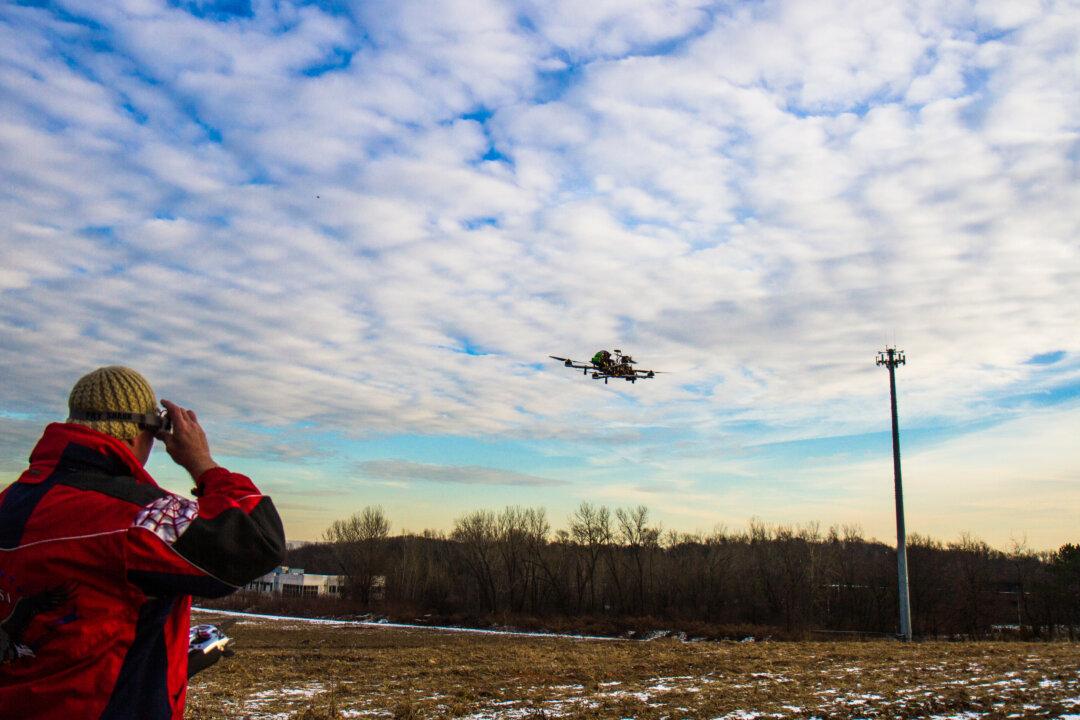Drones are not just being used in warfare. Increasingly, remotely controlled aircraft are being adopted for commercial use: for Amazon to deliver customer packages, for enthusiasts to take breathtaking aerial footage, for film and TV producers to use on their location sets.
The latest to join the club are farmers, who use the machines to survey their crops and help maintain them better.
Agribotix, a startup that specializes in developing drone technology for agriculture, explains on their website that drones can snap images and maps of farmers’ fields, allowing them to observe the health of their crops, identify weeds and pests, and predict yields.





